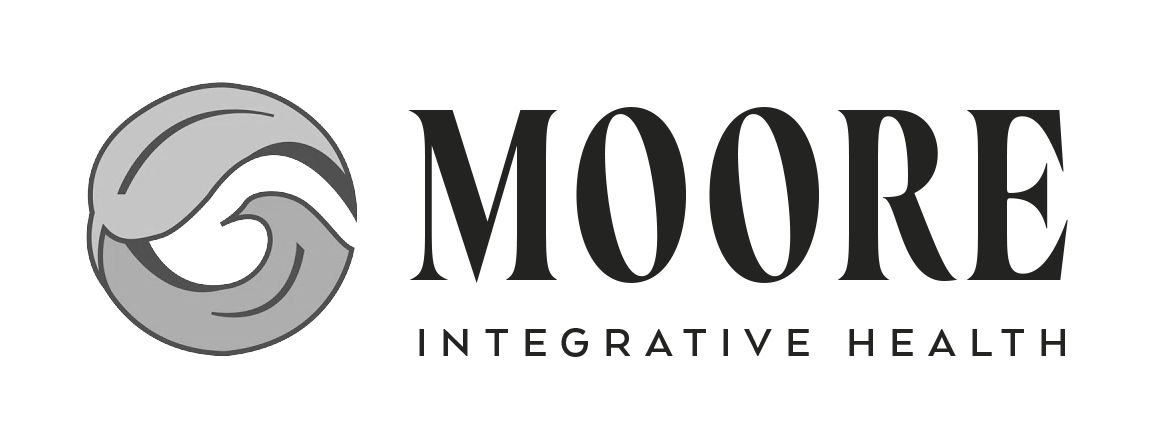How to Read a Food Label 101
It’s the wild wild west out there when it comes to food claims. Just because a box of cereal says “lowers cholesterol!” or “low in sugar” or “natural” doesn’t mean that it is, it also doesn’t mean that it is good for your health. It is important to educate yourself on how to read a food label so that you can put the power of decision making into your own hands.
Did you know that the higher up an ingredient is on a list, the more of that ingredient is in the food? For example, if sugar is the first ingredient on a product, you best believe there’s a lot of sugar in it. Best to opt for a different product. If you care about your health and about the quality of the foods you put into your body (everyone should be raising their hands right now) then you should care about putting the time into learning how to read a food label.
In general, if the ingredient on a list sounds like a scientific concoction made in a lab, it likely is and you should probably limit your consumption of foods with that ingredient in them. Additionally, if the list of ingredients takes up the entire side of the box, it is a heavily processed food and has a lot of ingredients in it that are poor for your health. You should KNOW without a doubt what each ingredient is in your food, because, well, because it should be real food ingredients and not chemicals made in a lab.
What does “fortified” mean on a food label? Fortified means that synthetic nutrients have been added to a food that doesn’t normally contain that nutrient. For example, milk “fortified” with Vitamin D means that synthetic Vitamin D has been added to that food. Unfortunately, the types of synthetic nutrients added into foods are low quality and not in the form of the vitamin/mineral that the body can readily use. It is best to get these nutrients from REAL food sources, or to take a professional grade multivitamin that contains high quality forms of the nutrient, if not a real whole food based form.
What does “enriched” mean on a food label? Enriched means that a food has been HEAVILY processed to the point that all of the nutrients in it were lost. Because the nutrients were lost and the food is essentially now a calorie dense / nutrient poor food, synthetic forms of the nutrient were added back in. Now, this isn’t necessarily a good thing AT ALL. The forms of nutrients added back in, again, are going to be of low quality and low usability by the body (i.e. folic acid - a topic for another conversation). Instead of eating a food that is so processed that all of the nutrients have been stripped from it, I recommend eating a food that hasn’t been processed and is in its whole form, thus containing all of its natural nutrients. Nothing beats real, whole foods. Not even a good multivitamin. So try to make sure you’re getting your nutrients from real, whole food ingredients that are rich in naturally occurring vitamins and minerals FIRST, and supplement with a premium quality multivitamin second.
Deciphering Macronutrient Make-Up: Macronutrients are your proteins, fats, and carbohydrates. Not all are made equal. On a food label, if you see that there are any grams of trans fats, sound the alarms, drop your grocery list, and run away. Look for predominantly unsaturated fats, with a little saturated fats. Saturated fats such as coconut oil or ghee are great in moderation. High animal fat intake (which is saturated fat) is contraindicated for a lot of people. So just be aware of what it is in the food that is adding to the saturated fat content.
As far as carbohydrates go, focus on the sugar content, not total carbs. The maximum about of added sugar you should have in a day is 25g per person on average. If there is added sugar in a food, sometimes the label will show amount in grams of ADDED sugars… this is what you really want to be aware of. But in general, watch the amount of sugar in your food. And again, the higher up “sugar",” or “cane sugar” is on a food label, the more there is of it in the food. Total carbohydrates will include sugars, fiber, and complex carbs. Opt for foods that have more fiber in them than added sugars. Aim for 25-30g fiber per day. The best kinds of fiber comes from fruits and vegetables, which ironically don’t have a food label despite being the best foods for human health.
Its pretty straightforward with protein. You should get 0.8-1g protein per kilogram of body weight. So pull our your calculators and determine how much protein you should get in a day. In general, you should have 15-20g protein with each meal. Protein (& fat) helps to buffer the effects of sugar on your blood stream.
Below are some lists to help get you started.
Top Ingredients to Avoid:
Hydrogenated oils
Corn syrup
High fructose corn syrup
Food dyes (all colors… it’ll read Red #2 or Red #40)
Sodium nitrite/benzoate
Artificial flavor/sweetener
Monosodium glutamate (MSG)
Ingredients to avoid for gluten allergy or intolerance:
Barley
Enriched, self-risin, graham, or durum flour
Emulsifiers
Food starch or modified FS
Gluten flour
Hydrolyzed vegetable protein
Oat
Malt flavoring
Malt or cereal extracts
Kamut
Rye
Soy-sauce
Stabilizers
Thickeners
Triticale
Wheat starch
Wheat
Wheat germ/bran
Wheat based semolina
Ingredients to avoid for dairy intolerance:
Binding agents, fillers
Brown sugar or caramel flavoring
Butter
Buttermilk solids
Casein hydrolysate
Casein, caseinate
Cheese
Cream
Curds
High protein flour
Ice cream
Lactate, lactic acid
Lactoalbumin
Lactoalbumin phosphate
Lactoglobulin
Lactose, lactulose
Margarine
Milk solids
Rennet casein
Simplesse
Sodium caseinate
Some seasonings
Whey, whey solid

